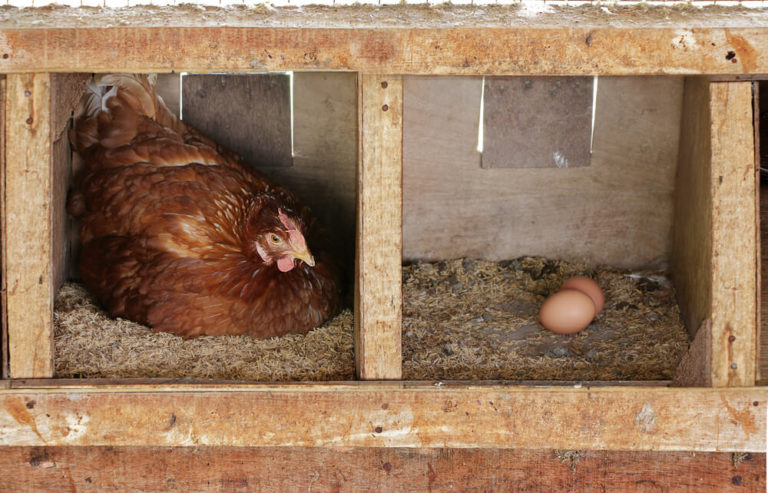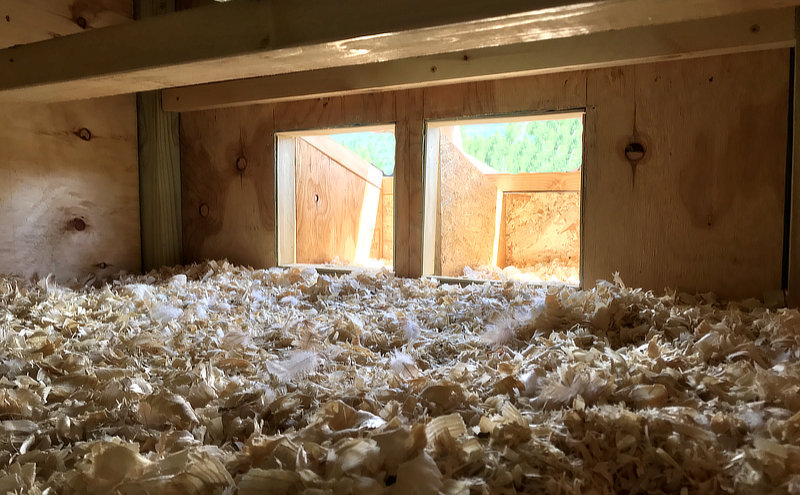For chicken enthusiasts, ensuring a comfortable and productive environment for their beloved birds is paramount. One crucial aspect of this is the nesting box location in coop. The right placement can significantly affect your hens’ comfort and egg production. In this article, we will explore the best practices for selecting the ideal nesting box location within your coop. This is an essential step for anyone interested in raising happy and healthy chickens.

Understanding the Importance of Nesting Box Location
The nesting box location is not just about finding a spot to place the boxes; it’s about creating a conducive environment for egg-laying. Hens require a quiet, secure, and comfortable space to lay their eggs. Poorly placed nesting boxes can lead to stress, decreased egg production, and sometimes even egg-eating behaviors.
Factors to Consider
1. Accessibility
Make sure the nesting boxes are easily accessible for both the hens and the caretakers. This means placing them at a height that is comfortable for the hens to reach and for you to collect the eggs without much hassle.
2. Privacy and Security
Hens prefer a secluded and safe spot to lay their eggs. The nesting box location in coop should be away from high-traffic areas to provide privacy and reduce stress for the laying hens.
3. Light and Ventilation
While hens need a cozy, dark spot to lay their eggs, adequate ventilation is crucial to prevent moisture build-up and ensure fresh air circulation. Balance is key to maintaining the ideal environment.
4. Temperature and Weather Protection
The location should protect the hens from extreme weather conditions. During hot summers, ensure the boxes are not directly exposed to the sun, and in winters, shield them from cold drafts.
5. Coop Layout and Design
Consider the overall design and layout of your coop. Ensure the nesting boxes integrate well without obstructing movements or daily activities within the coop.
How to Choose the Right Spot
1. Observe Your Hens
Spend time observing where your hens naturally gravitate towards when laying eggs. This can give you insights into their preferences.
2. Test Different Locations
Don’t be afraid to experiment with different nesting box locations in the coop. Sometimes, trial and error can help determine the best spot.
3. Seek Expert Advice
Consider seeking advice from experienced poultry keepers or online communities. Websites like Backyard Poultry offer great insights into coop design and nesting box placement.
Common Mistakes to Avoid
Even seasoned poultry keepers can make mistakes. Here are some common pitfalls to avoid:
1. Overcrowding
Ensure there are enough nesting boxes for all your hens. The general rule is one box for every three to four hens.
2. Ignoring Cleaning and Maintenance
Nesting boxes should be easy to clean and maintain. Regular cleaning prevents the spread of diseases and keeps the coop environment healthy.
3. Neglecting Safety
Ensure the nesting boxes are secure and free from pests or predators. This not only protects the eggs but also keeps the hens stress-free.
DIY Nesting Box Solutions
For those who love DIY projects, creating your own nesting boxes can be a rewarding experience. Not only can you customize the design to fit your coop, but it can also be cost-effective. Check out this tutorial for step-by-step guidance on building your own nesting boxes.

FAQs
1. How many nesting boxes do I need?
As a rule of thumb, one nesting box per three to four hens is ideal.
2. Can I use hay or straw in the nesting boxes?
Yes, both hay and straw are excellent bedding materials that provide comfort and insulation.
3. How can I encourage my hens to use the nesting boxes?
Place fake eggs in the boxes to guide your hens. Ensure the boxes are clean and comfortable, and avoid any disturbances during laying times.
For more detailed insights on chicken care, explore this mixed flock brooder care guide or consider downloading this comprehensive eBook.
This article contains affiliate links. We may earn a commission at no extra cost to you.











